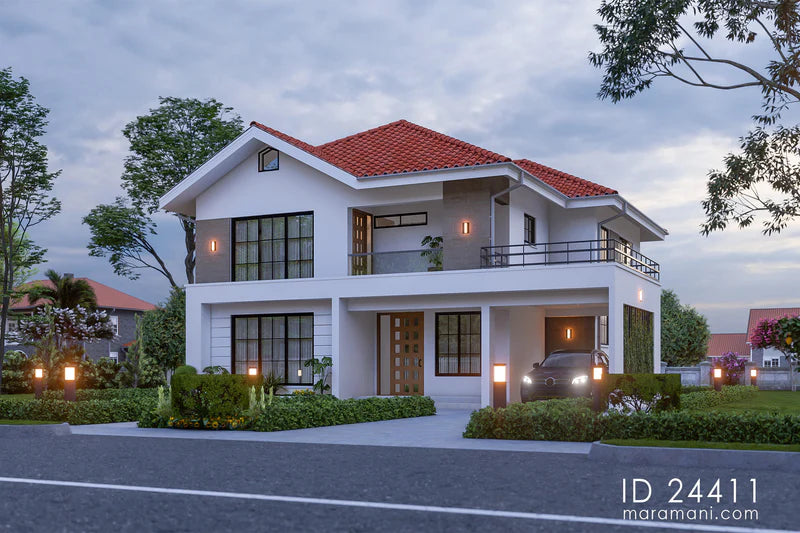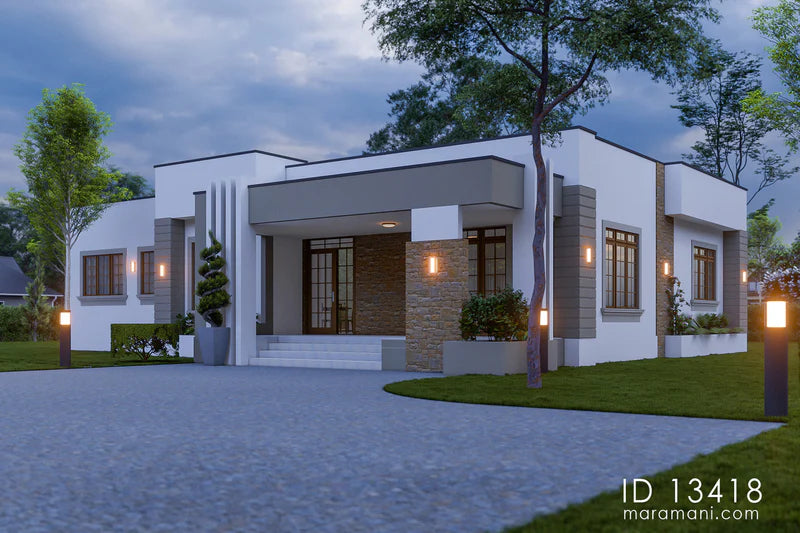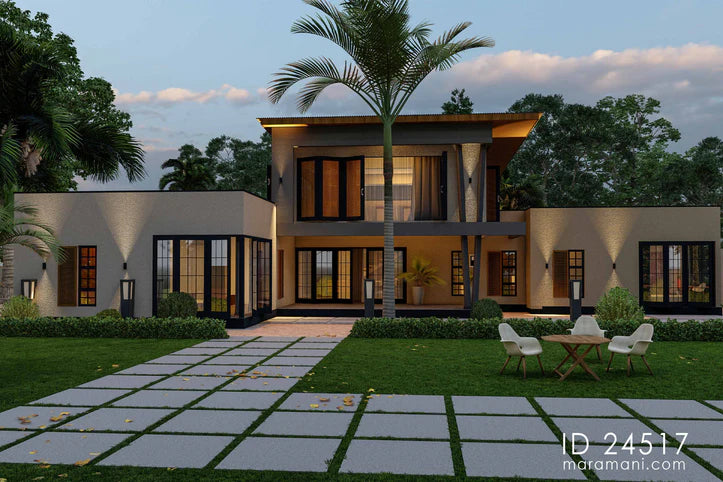A wall is a structural feature that separates spaces and encloses interior areas to provide shelter and safety. Generally, there are outer walls and inner walls.
Inner walls partition an enclosure into a desired number of rooms and spaces while outer walls enclose a structure to provide shelter.
Here is a guide to the types of walls and each has its role and properties that make them suitable either for outer walls or inner walls.
Different types of walls used in building construction

Load-bearing wall
Load-bearing walls carry the weight load imposed on them from beams and slabs above it, including its own weight, and transfer it to the foundation. They support structural elements such as slabs, beams, and the floors above them. Load-bearing walls can be the exterior wall or the interior wall, and they brace from the floor to the roof.
The taller a building is, the thicker the load-bearing wall needs to be. If you remove part of a load-bearing wall to create a pass-through, you need to add a new beam and columns that will support the structure above.
Non-load bearing wall
These walls only carry their own weight and do not support structural elements like beams and slabs. Non-load-bearing walls are just used as partitions to separate rooms. As a result, they are mainly used as inner walls.
Shear wall

This is a framed wall designed to counteract the effect of lateral forces that come from the floor, the exterior walls, and the roof.
Shear walls are used to resist wind and earthquake effects on a building among other lateral loads. They are constructed around water sumps, lift pits, and staircases.
Shear walls are located in a symmetrical pattern which reduces the negative effects of a twist.
Retaining wall
This is a wall that is built to adjust for unequal ground levels on two faces. Retaining walls reinforce the soil by increasing its load-bearing capacity, while increasing the soil’s resistance to differential settlement.
Retaining walls are designed to create level ground on sloping areas, provide support on natural slopes, and develop terraces for impending architecture.
Core wall
Core walls are a combination of shear walls and are constructed from the foundation to the top of the building. They carry the lateral load that may be exerted on the structure because of earthquakes, wind, and other lateral loads.
Core walls are constructed at the geometric center of a building to negate the torsion effect.
Cavity walls

This is a wall made of 2 layers with some space between them. This type of wall prevents the penetration of rain to the internal surface of the wall. The cavity between the two wythes is typically between 2 to 3 inches, and metal ties are used to secure the wythes together.
The wythes are made of masonry, and the two units are recognized as the internal leaf and the external leaf.
Cavity walls are good sound and thermal insulators. The space full of air between the two layers reduces heat and sound transmission. Cavity walls also have the added benefit of fire resistance.
Parapet wall
This is a short wall typically constructed on the top of a building to prevent things from tumbling over the roof. They are typically 3 feet high and made of bricks and other inexpensive materials.
Panel wall

These are non-load-bearing walls that are supported between columns or pillars. They require nails and adhesive during insulation and are typically made of wood.
Panel walls can be hardwoods or inexpensive softwoods like pine. They are typically used for aesthetic reasons both inside and outside buildings.
Experts recommend painting the space before installing panel walls.
Partition walls
This type of wall is used to separate spaces within buildings. They are solid, usually made of brick or stone, and are framed elements of construction. A boundary wall is connected to the ceiling, the walls, and the floor.
These walls are strong enough to carry their own weight and are stable enough to support wall fixtures. They act as a sound barrier and are fire-resistant.
Boundary wall
This is a strong wall constructed around a building to mark the limits of the plot and secure it from intrusion. Boundary walls are usually made of stone or brick and can be finished using custom designs for a unique look.
Precast wall
This is a pre-made wall from a factory that is transported to the building site for installation. With the right measurements, a wall can be cast and safely transported to where it is needed.
A precast wall is ideal for situations where there is limited space to work and a small labor force. The manufacturers of these walls provide skilled labor to help install the walls at the building site.
What materials are used for walls?

Solid walls are constructed from layers of materials such as concrete, masonry, timber, brick, and metal sheets.
Bricks are durable and survive in nearly all climates. They are fire-resistant and do not need an excessively strong foundation,
Many homeowners use concrete blocks because they can be tailored to a desired shape or size, and have low maintenance and high durability.
Poured concrete results in a strong wall design when constructed properly. However, they can be susceptible to cracking and require significant waterproofing.
Stone is aesthetically pleasing compared to alternative materials, and it offers a natural and long-lasting look.
Wood is a traditional material that is being used less and less to construct walls in mainstream construction projects. While it is relatively cheap, it is offset by being highly prone to dampness and unlikely to resist extreme weather conditions.
If you are not put off by the general costs, metal sheets can give your building a striking and fire-resistant look.
Conclusion
Many kinds of walls exist in home construction and each serves its own unique purpose. With the guidance of an experienced architect, contractor, and cooperative workers, you can combine the different types of walls to create a beautiful and stable building.
Make sure that your load-bearing walls are sturdy and well-anchored to prevent structural failure, and be as hands-on as possible to ensure your construction project meets your expectations.






1 comment
alii
Hi Sir/ Mam
We want a guest post on your site
https://www.maramani.com/
What is its price? We want do-follow indexed permanent links.
Also, tell me do you accept casino-related articles?
We’ll provide an article also. Payment via PayPal.
Let us know, waiting to hear from you.
Regards
Leave a comment
This site is protected by hCaptcha and the hCaptcha Privacy Policy and Terms of Service apply.